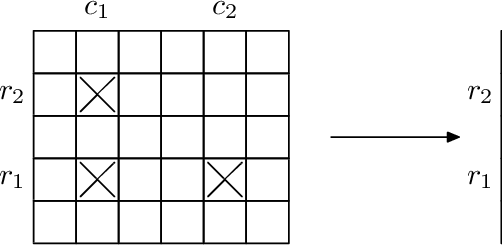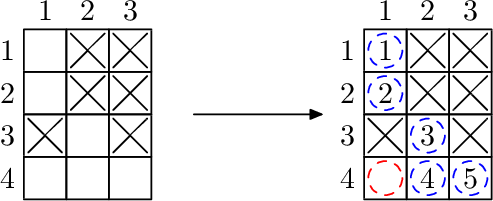Algorithm
Code Examples
#1 Code Example with C++ Programming
Code -
C++ Programming
#include <bits/stdc++.h>
using namespace std;
bool vis[int(4e5 + 1)];
int n, m, q;
vector<vector<int> > g;
void DFS(int u) {
vis[u] = true;
for(int i = 0; i < g[u].size(); ++i)
if(!vis[g[u][i]])
DFS(g[u][i]);
}
int main() {
scanf("%d %d %d", &n, &m, &q);
g.resize(n + m);
for(int i = 0, a, b; i < q; ++i) {
scanf("%d %d", &a, &b);
--a, --b;
g[a].push_back(b + n);
swap(a, b);
g[a + n].push_back(b);
}
int comp = 0;
for(int i = 0; i < n + m; ++i) {
if(vis[i])
continue;
++comp;
DFS(i);
}
printf("%d\n", comp - 1);
return 0;
}Input
2 2 3
1 2
2 2
2 1
1 2
2 2
2 1
Demonstration
Codeforces Solutin-D. Chemical table-Solution in C, C++, Java, Python,Chemical table,Codeforces Solutin




